Design choices:
-ATmega 328 μController + DS1307
-Supertex HV5812
-IN-12 Russian Nixie Tubes
-Use of reed switches to allow control while not having buttons showing
Minimalist desk clock based around Russian Nixie tubes.
To make the experience fit your profile, pick a username and tell us what interests you.
We found and based on your interests.
Design choices:
-ATmega 328 μController + DS1307
-Supertex HV5812
-IN-12 Russian Nixie Tubes
-Use of reed switches to allow control while not having buttons showing
We are parking this project while we iron the new design we are working on in the Obsolete Time Lite Project!
USB power, WiFi, atmospheric sensing... all that in an ALTOIDS tin!
https://hackaday.io/project/20439-obsolete-time-lite
Support the project by giving it a "Like" !
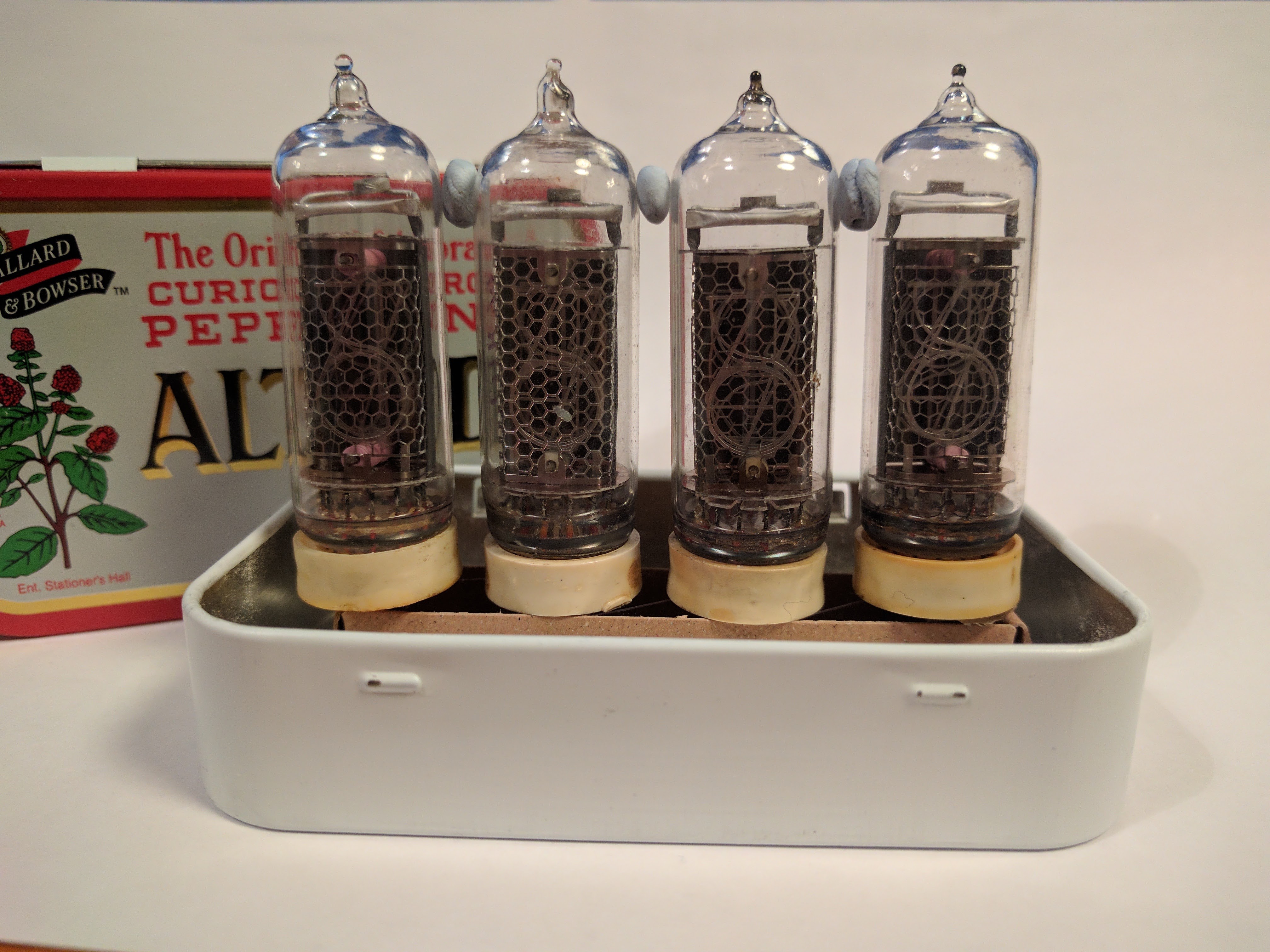
We are at it again, prototyping a new power supply. Not yet 100% successful but I feel we are getting closer.
If anything it is getting smaller!
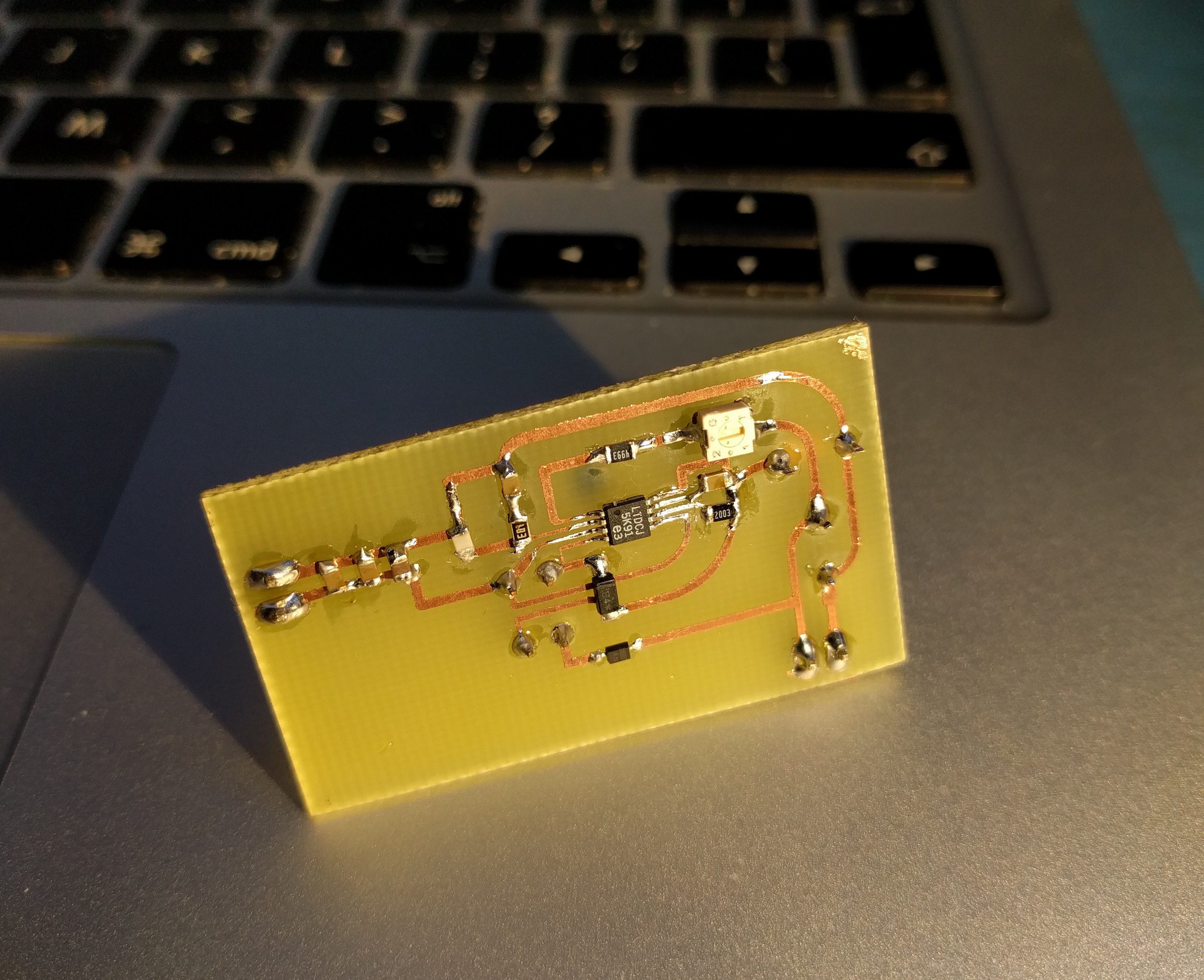
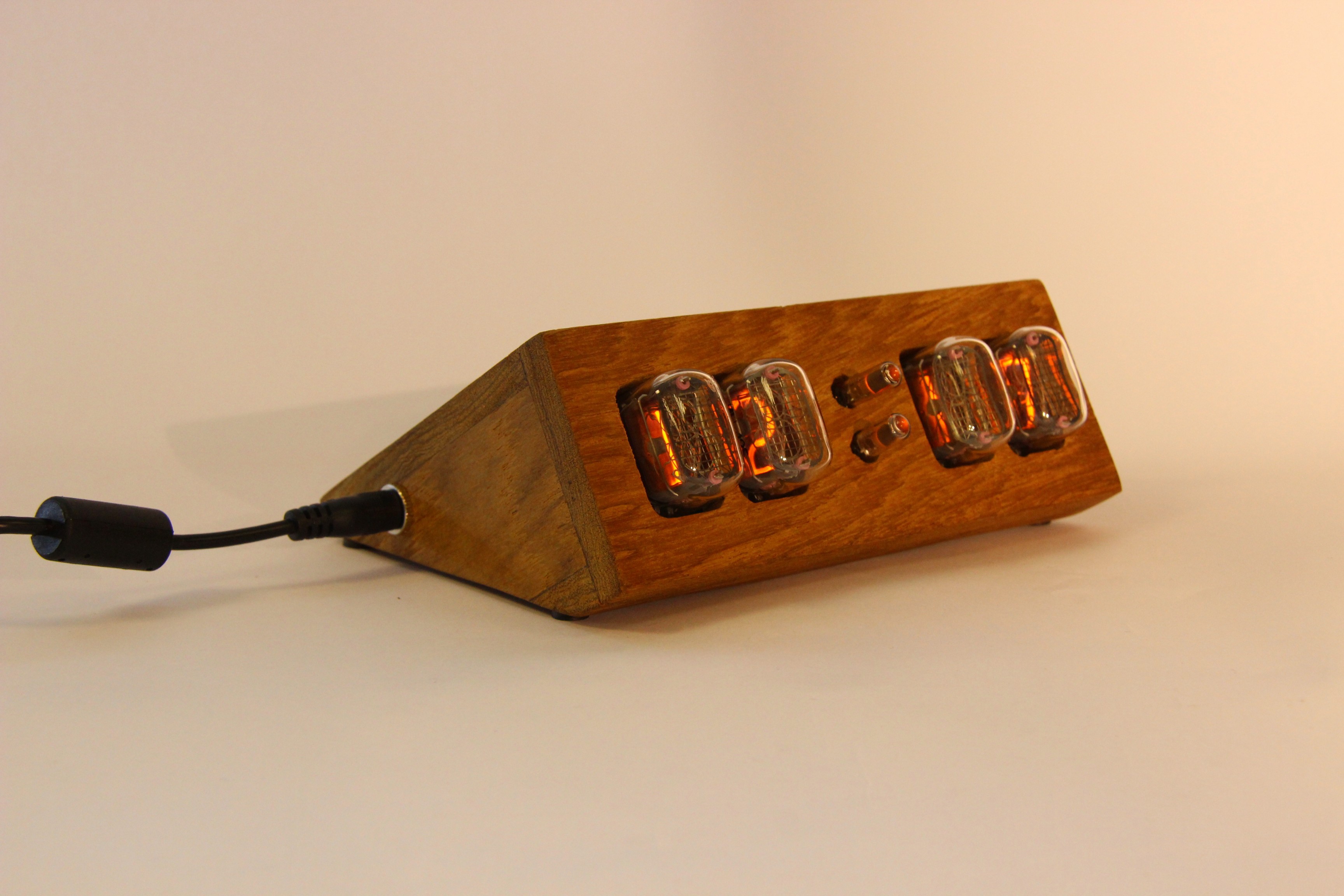
We have been working on a new power supply for the clock. More efficient and would make USB power possible.
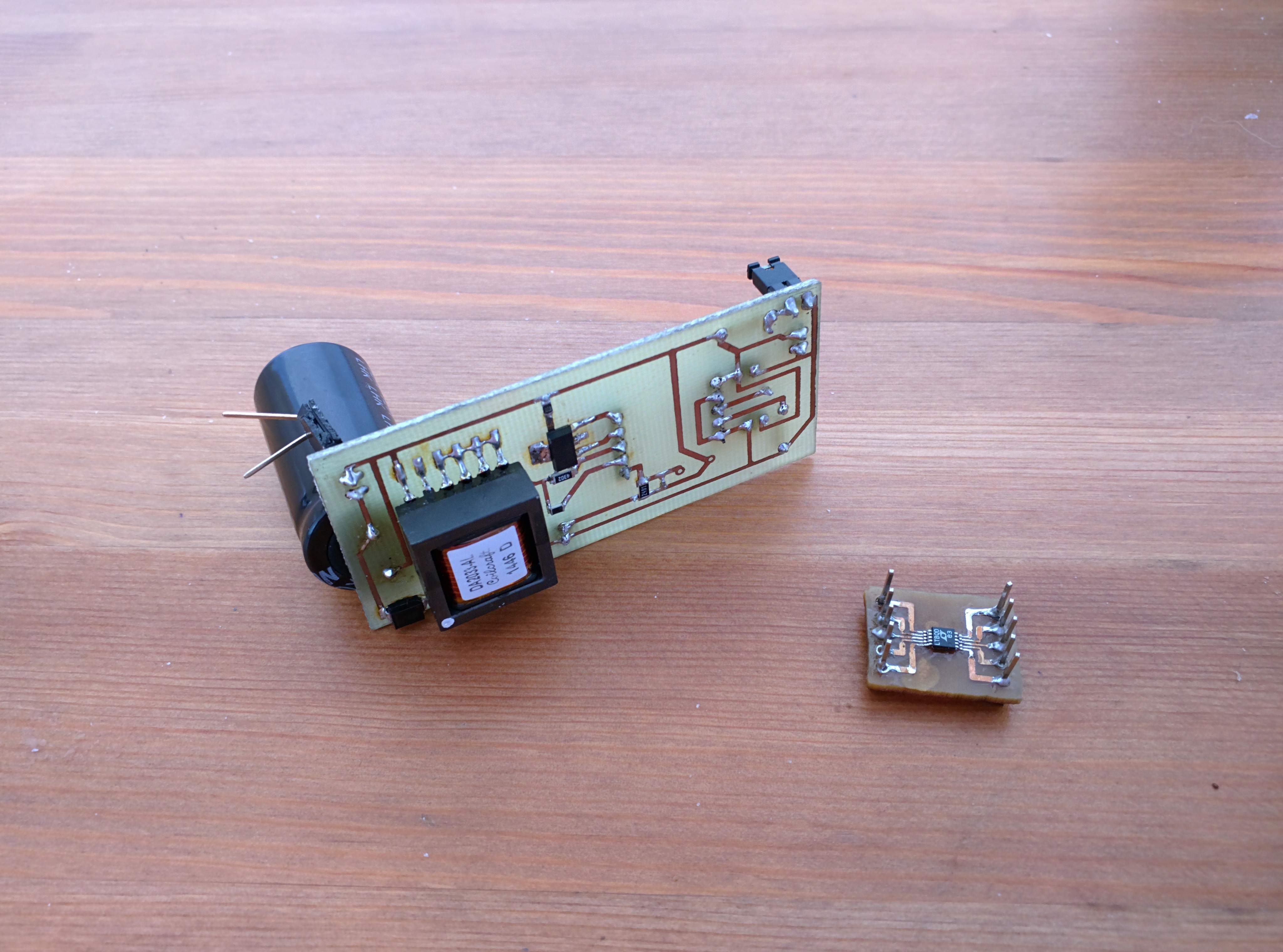
And here is how we make PCBs using the laser cutter, we coat the bare copper with mat black paint and etch it off. The rest is like traditional toner transfer method using etching solution to get rid of the unwanted copper.
Working with wood is difficult... but I believe we are getting there.
Next up, bamboo! Stay tuned.
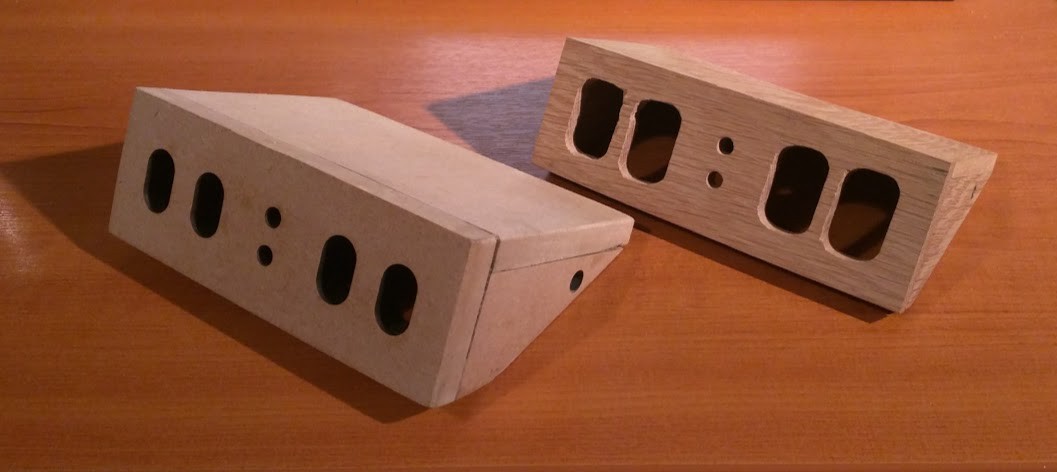
First case cut using a laser cutter. The result is pretty good, looking forward to try with good wood. Stay tuned.
Matt is doing amazing things with a program he only just picked up!
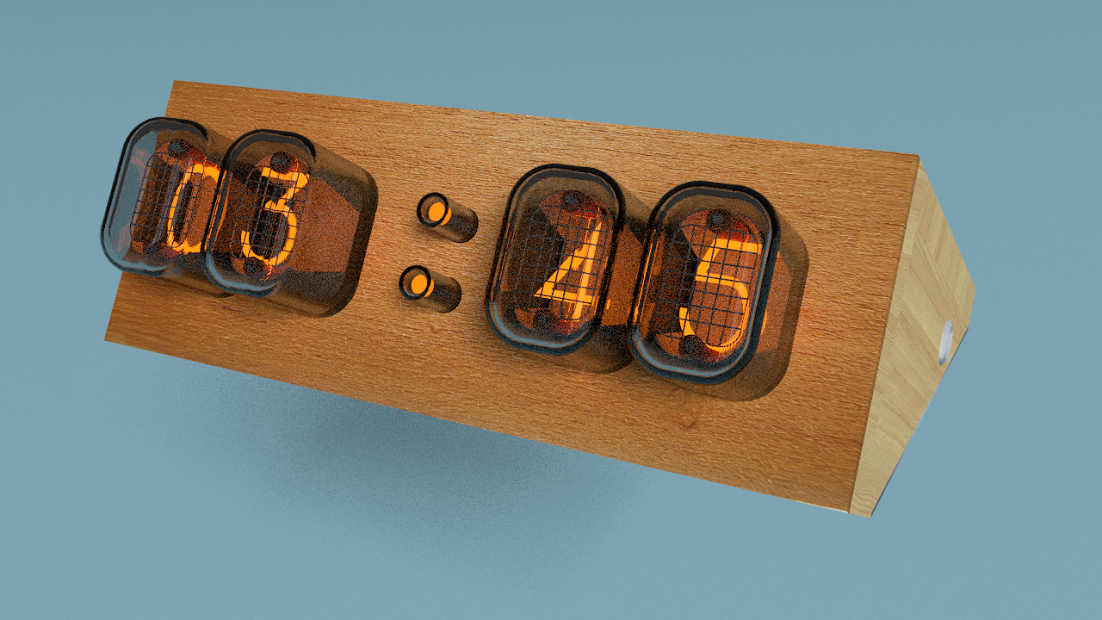
A desk clock with no buttons... Setting time using nothing other than a magnet...
What if you had a full control panel on your favorite smartphone to set time directly from the internet, adjust brightness, start a countdown timer so your pizza doesnt over cook (trust me, it happens), change 12-24 hour time format etc?
Here is the first draft of the app as working a proof of concept.

Last weekend we went to showcase O;T at a Swansea (Wales UK) hackspace ran event. It was very good to get feedback from the general public.
It was great to see the reactions when pointing out that nixie tubes are made up of layers. I guess there isnt anything like that anymore with flat "modern" displays.
Having the prototype was great, the best was probably, and I quote:
""How did you fit all this into there?""
Thank Swansea Hackspace for having us!
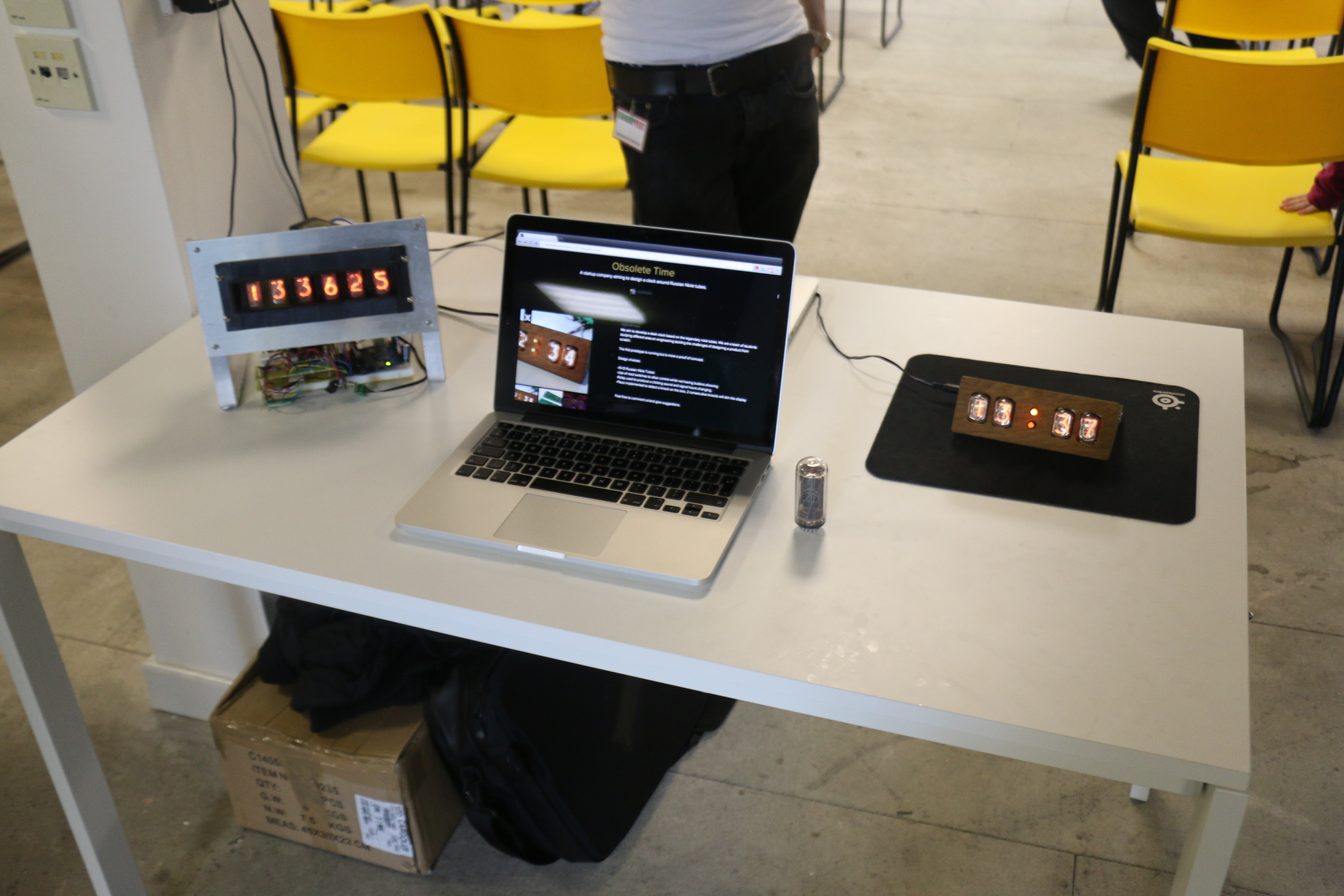
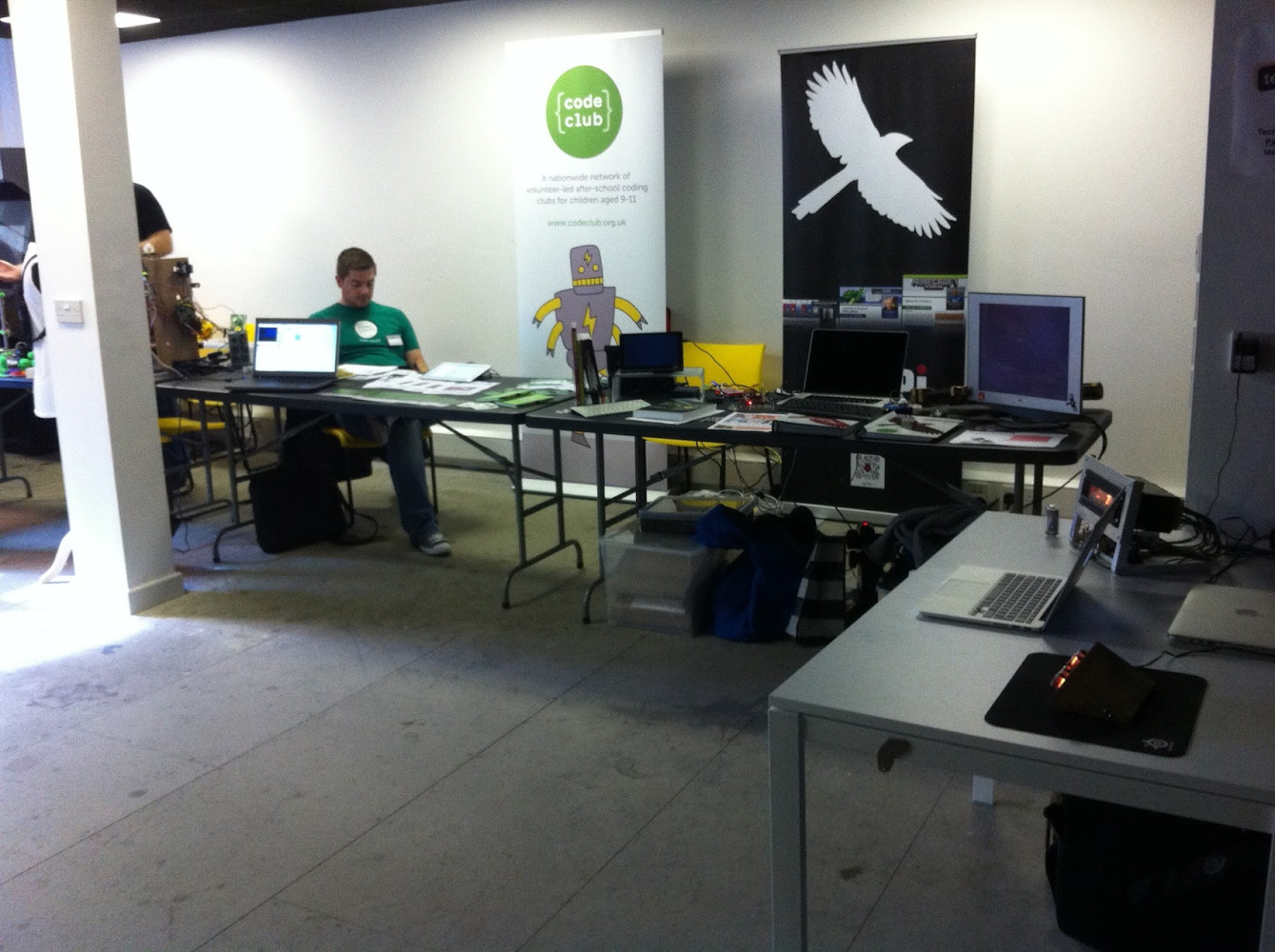
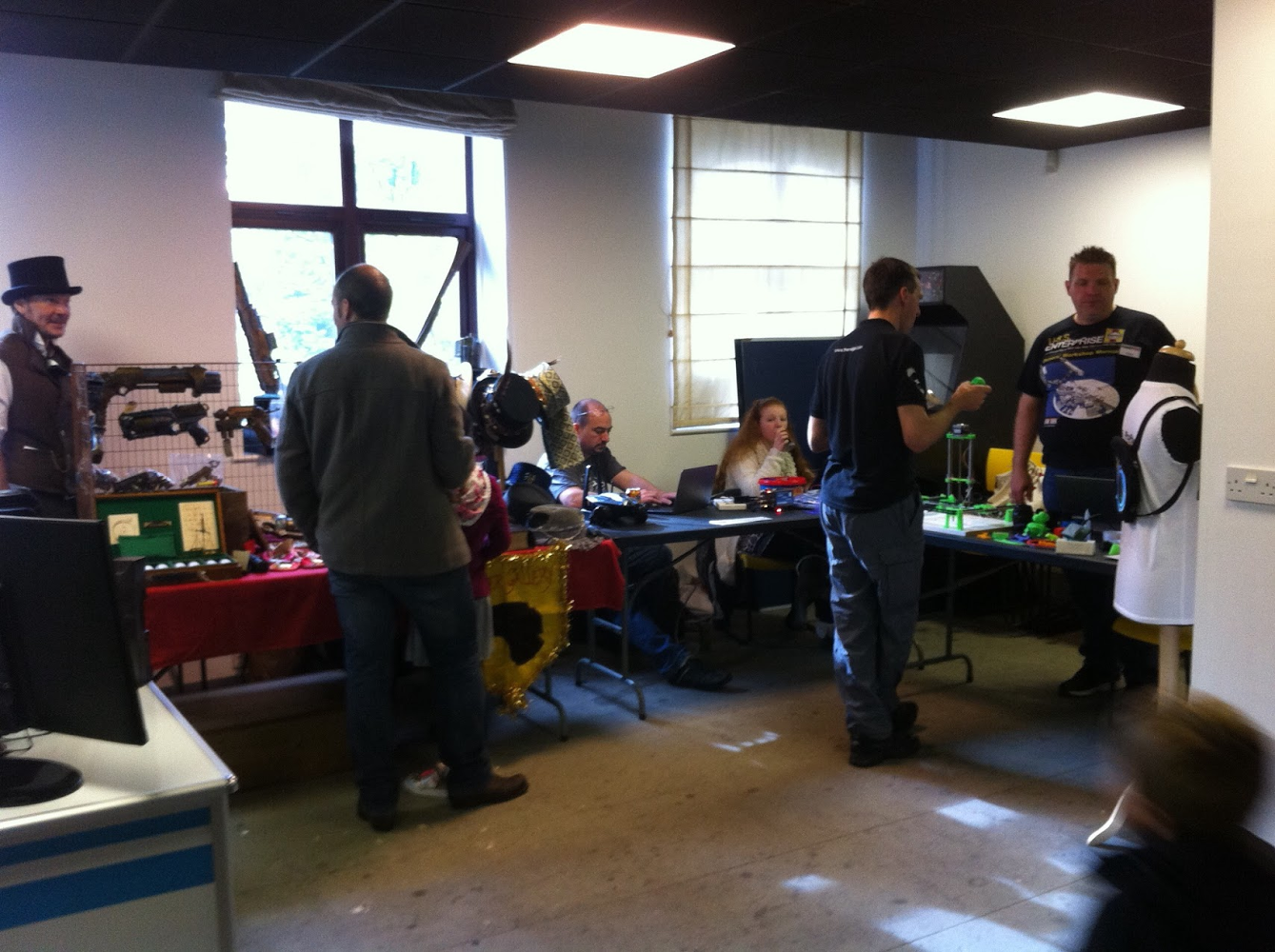
Boards are populated and after some debugging and adjustments (cold solder joint oops) it lights up!
It is great to see the driver board fit nicely in the case. For now the controller board is sitting outside for convenience but will be moved inside after the software debugging is finished.
More updates updates and good pictures very soon.
Create an account to leave a comment. Already have an account? Log In.
Become a member to follow this project and never miss any updates
By using our website and services, you expressly agree to the placement of our performance, functionality, and advertising cookies. Learn More
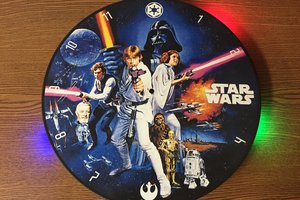
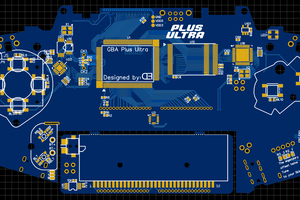
 Derek F
Derek F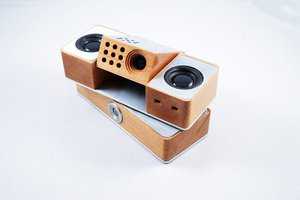
 Ovidiu Sandru
Ovidiu Sandru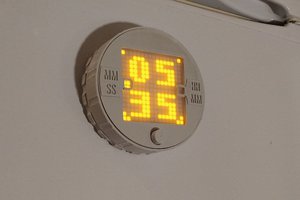
 mkdxdx
mkdxdx
Any plans to release the plans, etc? https://theressoapk.com/